Online Courses/Webinars


Spiders and Insects for Poznan

November 2023: We’ve explored in-depth the characteristics of spiders and differentiate them from other groups on Row 2 of the Vital Approach Map of Homoeopathic Families.
We’ve zoomed out to the overall features of row 2 groups and zoom in on the different known and lesser-known spiders. There will be cases to illustrate the theory and opportunity for Q&As
zHomeo Webinar Courses with Anne vervarcke

Login/membership required
- Introduction into the Vital Approach and Clarifying Mysterious Homeopathic Sarcodes
- Deeply Exploring Carbons and Sarcodes on Sensation Level
- The Vital approach Map to Finding Reptile and Amphibian Remedies; think Crocodile, Frog, Salamander etc
- Webinar 128 – Even Toed Ungulates
- Homeopathic Even toed Ungulates, like Giraffe, Sheep, Cow, Goat, Pig and more
Homeosummit – free event

This virtual event was crafted to educate, inspire, and empower you to use homeopathy!
There were be 96 sessions with 70 speakers from 19 countries over 5 days with 2 specific learning tracks.
The Art of Energetic Healing School NY: recordings
Recordings and powerpoints of the webinars organized by ‚The Art if Energetic Healing School NY‘ are available at suzysgp@gmail.com!
Conifers and Rosales

Both groups belong to the seed plants, the Conifers to the Gymnosperms and the Rosales to the Angiosperms. In this webinar we are going to first explore the bigger divisions, their characteristics, the differential diagnosis within those larger groups and then let the separate species come to life through the words of client cases.
Both groups belong to the seed plants, the Conifers to the Gymnosperms and the Rosales to the Angiosperms. In this webinar we are going to first explore the bigger divisions, their characteristics, the differential diagnosis within those larger groups and then let the separate species come to life through the words of client cases.
Conifers are by no means rare; we have many remedies in our Materia Medica, we are aware of the various Abies trees, but somehow the different remedies like Pseudotsuga menziesii, Larix decidua, Pinus sylvestris, Taxus baccata, Sabina, Juniperus communis, Cupressus, Sequoia gigantea, seldom come to mind.
A similar fate happens with the Rosales. They are very common plants, abundant in our Materia Medica but again lacking a clear picture. In the webinar we will explore Agrimonia eupatoria, Fragraria (strawberry), Malus (apple), Prunus (plum) Pyrus (pear) Ribes (different kinds of berries) and bring those fruits to your plate, surrounded by, of course some beautiful Roses!
Rodents and Bat
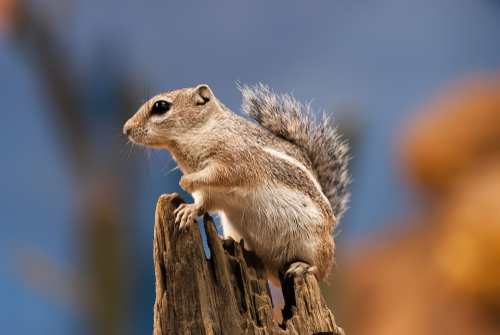
In this webinar we will concentrate on a subgroup of the Mammals, complete with its own characteristics: the Rodents. They are the most numerous order of Mammals on the planet. If you want to know how to recognize not only Rat (Rattus rattus) or Mouse (Mus musculus), but also Rabbit (Oryctolagus cuniculus), Hare ( Lepus europeaus), Beaver (Castoreum), Squirrel (Sciuris) and Hedgehog (Erinaceaus europeaus), join us for this special webinar where many cases will be presented.
Anne will provide clear attributes as always, making sure you will never miss one again. The webinar will also include an exploration of Bat, belonging to Chiroptera. This a very extensive group with lots of subdivisions, and over 1000 sorts, which makes them the second most numerous Mammals. One can say that 1 out of 5 mammals is a bat! Anne will present a few bats cases and examine the proving, allowing you to add this group to your homeopathic toolbox.
Even-toed Ungulates and Primates

In this webinar we are going to explore some more Mammal subgroups starting with the Even-Toed Ungulates. Through cases and clear attributes we will look into remedies made from deer, giraffe, camel, sheep, goat, cow and pig. All of these animals are familiar to us, yet do we know how and when to prescribe them?
The way they express in our clients will become clear in the presented material. Another group that deserves our attention are the Primates. Strangely enough there is not much to find in homeopathy on these animals. Nevertheless by provings and cases the picture will become clear and remedies like Lac Macaca and Pan troglodytes will be familiar.
Birds and more Birds

In this webinar we explore the vast group of Animals: Birds. As different as a Canary to an Eagle, a Sparrow to an Ibis, a Parrot to a Turkey or a Chicken to a Road Runner, all these species and more will be included in the class. Think of Geese, Swans, Ducks, Jays, Tits, Falcons, Crows, Herons, Seagulls, Pelicans! In the end Birds will have no more secrets and you will become a perfect bird spotter!
Radio Active Substances
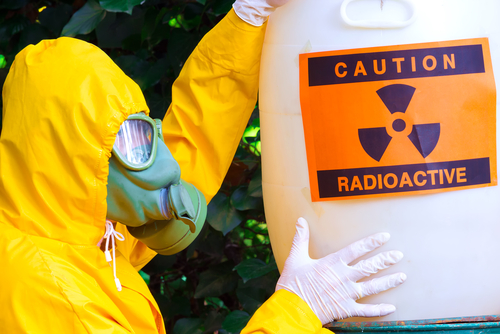
A short introduction will take you to the basics of the Vital Approach and then Anne Vervarcke will zoom in on the Radio Active substances or the elements on the 7th row of the Periodic Table. Remedies like plutonium nitricum, Radium bromatum and Uranium will be discussed. Anne will investigate whether there is a resonance with the current state of the planet and will also differentiate this group from others of the Vital Approach 7th Row, such as Viruses and Artificial Human Artefacts.
Monocots: the Arecidea

Anne will start with an introduction to the Monocots as a group and explain how they differ from Dicots. Among the subgroups Liliales, Graminales and Orchidales are well documented but the Arecidae are not. They contain the Palms (like Cocos) and remedies like Sabal serrulate, Caladium, Lemna minor and Arum tryphilium, which we may know but may not be aware of the connection between them.
Celestial Bodies

Ever considered a Celestial Body remedy? Indeed, we have remedies like Sol, Luna and Polar Star but what about Venus, Uranus, Jupiter, Pluto, Mars and the like? Anne will bring exciting cases of these remedies and deduct the pointers and key words, in order for everybody to use them with confidence. It will expand not only your mind but your catalogue of available remedies greatly.
Fresh waters

Skookum Chuck Aqua and Sanicula are the classical examples of Water remedies but did you know there are over 50 Water remedies listed in www.provings.info ? We will explore themes and keywords of Fresh Water remedies such as Mikrowelle Aqua, Himalaya Water, Chalice Well Water etc. We’ll dive into that water in this webinar and expand our materia medica knowledge!
Lamiaceae

Plants are the alpha and the omega of natural healing modalities. In the homeopathic catalogue, they are in the majority as well. Some homeopathic plant families are well known while others are for unknown reasons rarely prescribed. Such a family is the Lamiaceae, containing many herbs, familiar to us all: lavender, melissa, mentha, holy basil, oregano, rosmarinus, salvia, thyme and many more. We’ll let people needing these remedies teach us the song of this family.
Sapindales
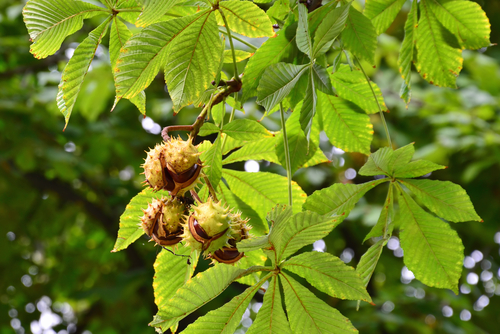
Another homeopathic plant order of which we only know a few family members, is the sapindales. We’ll discuss the anacardiaceae, rutaceae and some interesting remedies like the neem (azadirachta indica), horse chestnut (aesculus hippocastanea) and boswelia sacra. Case examples will help us to understand their experience.
Ferns

Tough we tend to think about angiosperms of flowering plants when someone needs a plant remedy, there are many other possibilities: algae, lichen, mosses and ferns. In this webinar, we are letting the fern people speak and we’ll have to listen carefully as their nature is subtle. In the last few yeard provings with fernswere done, which will also help to recognize them in our homeopathic consultations.
Webinars for sale at Naturopathic CE
Life cases with Anne Vervarcke

What better way to learn homeopathy than through live cases?
Join Anne Vervarcke in this unique learning opportunity where you will be able to observe her taking a live case and have the ability to ask her questions throughout the case-taking process and collaborate with other students!
- One month trial!
- Live Cases with Anne: 2020 – 2021
- Live Cases with Anne: 2021 – 2022
- Live Cases with Anne: 2022 – 2023
- Live Cases 2023-2024: coming soon!
Mentorship Program
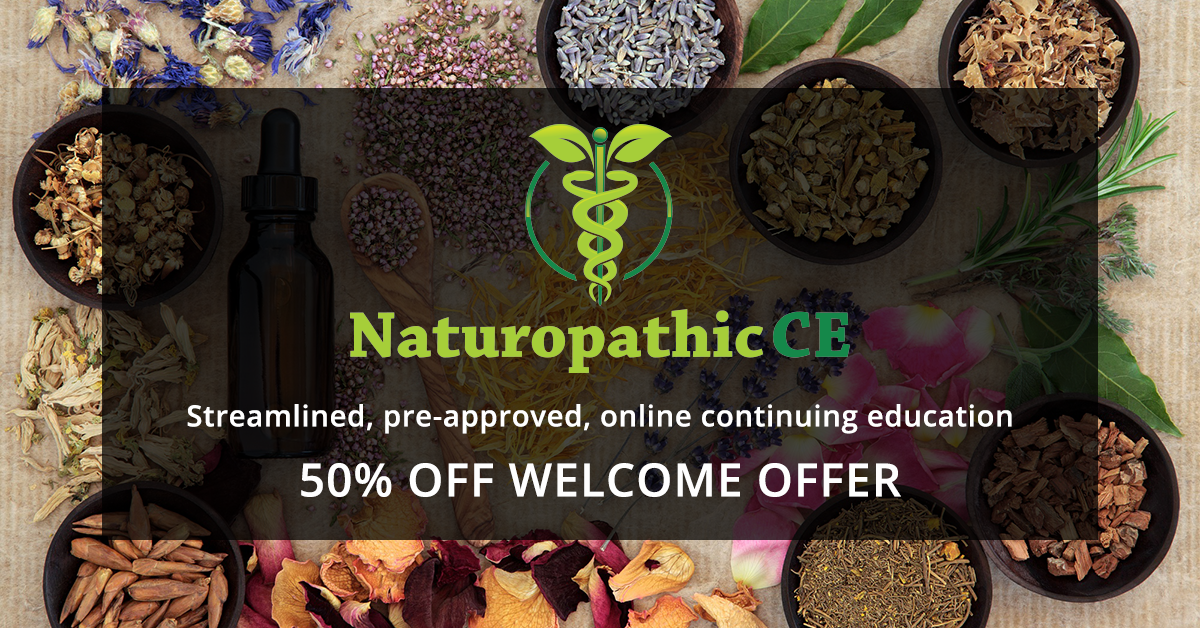
An exclusive 300 hour Program with a Advanced Homeopathy Certificate.
There are over 100 hours of teaching through pre-recorded video’s, live webinars and life cases with analysis. Personal time and coaching with Anne is included for all participants. This is as close as you can come to apprenticeship with an experienced, inspiring and pioneering homeopath.
The Vital Approach: introduction
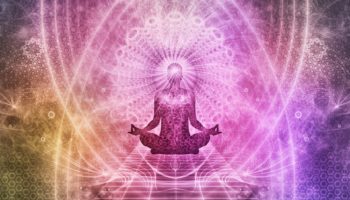
The Vital Approach combines the fundamental Hahnemannian principles with the latest development in Classical Homeopathy in a clear and easy to understand way. In the first three lessons, Anne explains basic concepts: ‘Levels of Experience’, ‘Analysis in Kingdoms’ and ‘Use of Miasms’. The 7 following lessons will familiarize you with the key features of the main Kingdoms and is full of examples and differential diagnoses between the Subkingdoms.
Advanced Homeopathy: The Vital Approach

This eight-part homeopathy series with Anne Vervarcke provides a thorough exploration of her approach to homeopathy, aptly named The Vital Approach. Anne’s approach is influenced by the sensation method, families method, and upon the work of modern-day homeopaths including Vithoulkas, Yakir, Scholten, and Sankaran. With over 30 years of experience and teaching, Anne provides clear explanations and shares her expertise in homeopathy..
Reptiles and Amphibians

Reptiles and amphibians — a group of remedies that are underrepresented in our materia medica yet are equally as important as any other group of remedies in homeopathy. In this course, Anne Vervarcke teaches us the characteristics of each group, drawing from research she has compiled from real-life cases over the past 30 years.
You will gain a clear understanding of how a person needing a reptile or amphibian remedy presents and the keywords and language they will use so that you will be able to find the correct remedy. Anne demonstrates the peculiarities of each group through multiple cases.
Sarcodes and Nosodes in Homeopathy

Sarcodes are homeopathic remedies made out of healthy tissues. Nosodes are homeopathic remedies of inactivated micro-organisms such as bacteria and viruses, or products of diseases or diseased tissues. Both sarcode and nosode remedies are often overlooked, yet can be transformational when needed and are a very important part of homeopathy.
The Plant Kingdom: Dilleniidae

We could boil down the Dilleniidae plant family into two words: maturity and nurturing. In this course, Anne Vervarcke explains the Dilleniidae in detail through both materia medica, Michal Yakir’s plant table, and successfully prescribed cases.
She compares and contrasts Dilleniidae with other plants so that you will gain a deep understanding of the unique themes and key words of this group.
The Plant Kingdom: Magnoliidae

There are so many different types of plants in homeopathy, it can feel overwhelming to narrow down which plant family to choose from. In this course, master homeopath Anne Vervarcke elucidates the ancient primitive plants of the Dicotyledons, the Magnoliids. The main theme of this group is a kind of primordial naivety and prematureness.
Anne shares many cases of remedies from the Magnoliids including a unique remedy that is hardly recognized in the homeopathic literature. She overviews Michal Yakir’s plant table to help explain the themes of column one plant remedies, where the Magnoliids lie.
By taking this course, you will walk away with a deep grasp of the themes and remedies from this group of remedies.
Advanced Homeopathy: Lesser-Known Remedies
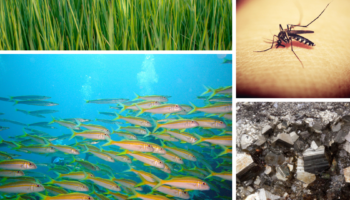
This 6 part live webinar series explores some lesser-known homeopathic remedies and groups that despite their relative invisibility have grate value in clinical homeopathic practise. For Mosquito and Insect remedies to Grass remedies to Fish remedies to remedies you’ve probably never even heard of (and more) Anne Vervarcke will help bring the understanding of these remedies and remedy groups to life, so you can add them to your homeopathic toolkit. She will also focus on why such remedies are often overlooked or wrongly prescribed.

